Step Up Your Sustainability: Choosing Eco-Friendly Alternatives to Conventional Sports Shoes
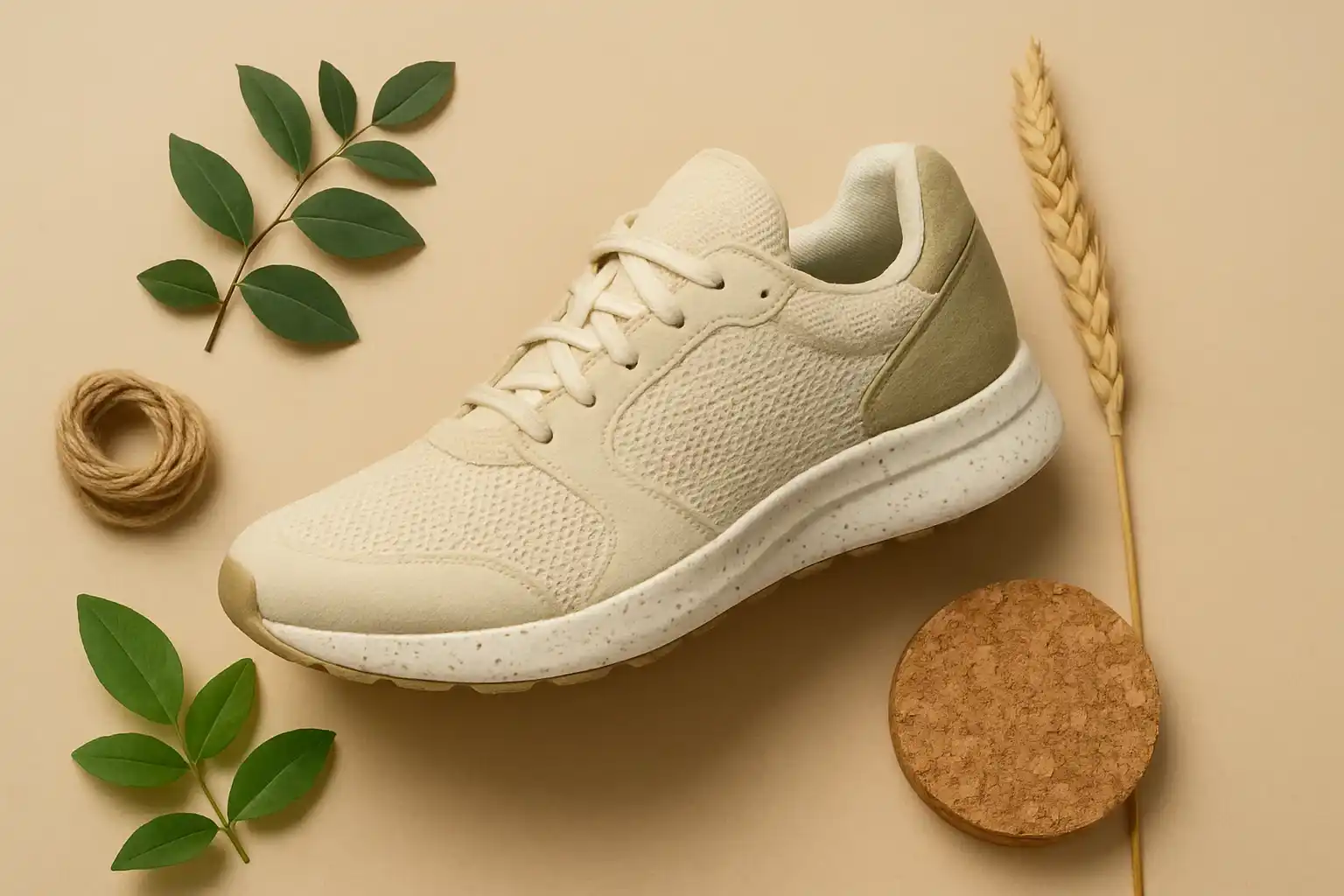
The world of athletic footwear is dominated by high-performance designs engineered for specific sports and activities. Conventional sports shoes, while offering support, cushioning, and traction, often rely heavily on synthetic materials like petroleum-based rubbers, plastics, and chemical adhesives. The production of these materials carries a significant environmental cost, contributing to resource depletion, greenhouse gas emissions, and the generation of non-biodegradable waste. Furthermore, the complex construction of many sports shoes often makes them difficult to recycle at the end of their lifespan. For the environmentally conscious athlete or everyday wearer, seeking sustainable alternatives that prioritize natural and recycled materials offers a way to align their footwear choices with a commitment to a healthier planet.
The environmental impact of conventional sports shoes is considerable throughout their lifecycle. The extraction of raw materials for synthetic components, the energy-intensive manufacturing processes, and the global transportation networks all contribute to a substantial carbon footprint. The use of chemical adhesives and dyes can also have negative environmental consequences. Moreover, the limited recyclability of many sports shoes means they often end up in landfills, where they persist for decades. Recognizing these environmental drawbacks, a growing number of innovative brands are pioneering more sustainable approaches to footwear production, utilizing natural and recycled materials and designing for greater durability and recyclability.
Fortunately, a range of eco-friendly alternatives to conventional sports shoes is emerging, offering comparable performance and style with a significantly reduced environmental impact. By choosing sneakers with natural rubber soles, exploring upcycled sneakers that repurpose waste materials, or supporting brands like Allbirds and Veja that prioritize sustainable sourcing and manufacturing, consumers can make a conscious choice to step into footwear that is kinder to the planet. These alternatives often utilize renewable resources, minimize waste, and reduce the reliance on harmful chemicals and fossil fuels.
Tread Lightly: Exploring Eco-Friendly Sports Shoe Alternatives
Moving beyond the conventional materials and production methods of mass-market athletic footwear reveals a world of more sustainable and responsible options:
Natural Rubber Soles: Renewable Grip and Reduced Plastic
Natural rubber soles, derived from the sap of rubber trees, offer a renewable and biodegradable alternative to synthetic rubber used in many conventional sports shoes. While rubber production can have environmental impacts, choosing sustainably harvested natural rubber is a more eco-conscious option than relying solely on petroleum-based synthetics. Natural rubber provides excellent grip and durability for athletic activities. Brands like Veja often incorporate natural rubber into their soles, highlighting their commitment to sustainable materials.
Upcycled Sneakers: Giving Waste a Stylish Second Life
Upcycled sneakers represent an innovative approach to reducing waste in the footwear industry. These shoes are created by repurposing existing materials, such as discarded textiles, plastic bottles, or even old tires, into new and stylish footwear. Upcycling diverts waste from landfills and reduces the demand for virgin resources. Brands like Thousand Fell are exploring closed-loop systems and utilizing recycled materials to create more sustainable sneakers.
Brands Prioritizing Sustainable Sourcing and Manufacturing: The Leaders in Eco-Footwear
A growing number of footwear brands are making sustainability a core part of their ethos, offering a wide range of athletic and casual shoes made with eco-friendly materials and responsible manufacturing processes. Allbirds utilizes materials like merino wool, eucalyptus pulp (Tencel), and sugarcane to create comfortable and sustainable sneakers. Veja incorporates recycled cotton, wild rubber from the Amazon rainforest, and recycled plastic bottles into their designs. These brands demonstrate that style, performance, and environmental responsibility can go hand in hand, offering consumers viable alternatives to conventional sports shoes.
Stepping Towards a Sustainable Future: Conscious Footwear Choices
By consciously choosing sports shoes with natural rubber soles, exploring upcycled options, and supporting brands that prioritize sustainable sourcing and manufacturing, we can make a significant impact on reducing the environmental footprint of our footwear. Opting for durable and well-made shoes, regardless of the material, also contributes to a more minimalist and less wasteful approach to our wardrobes.
Related Blogs
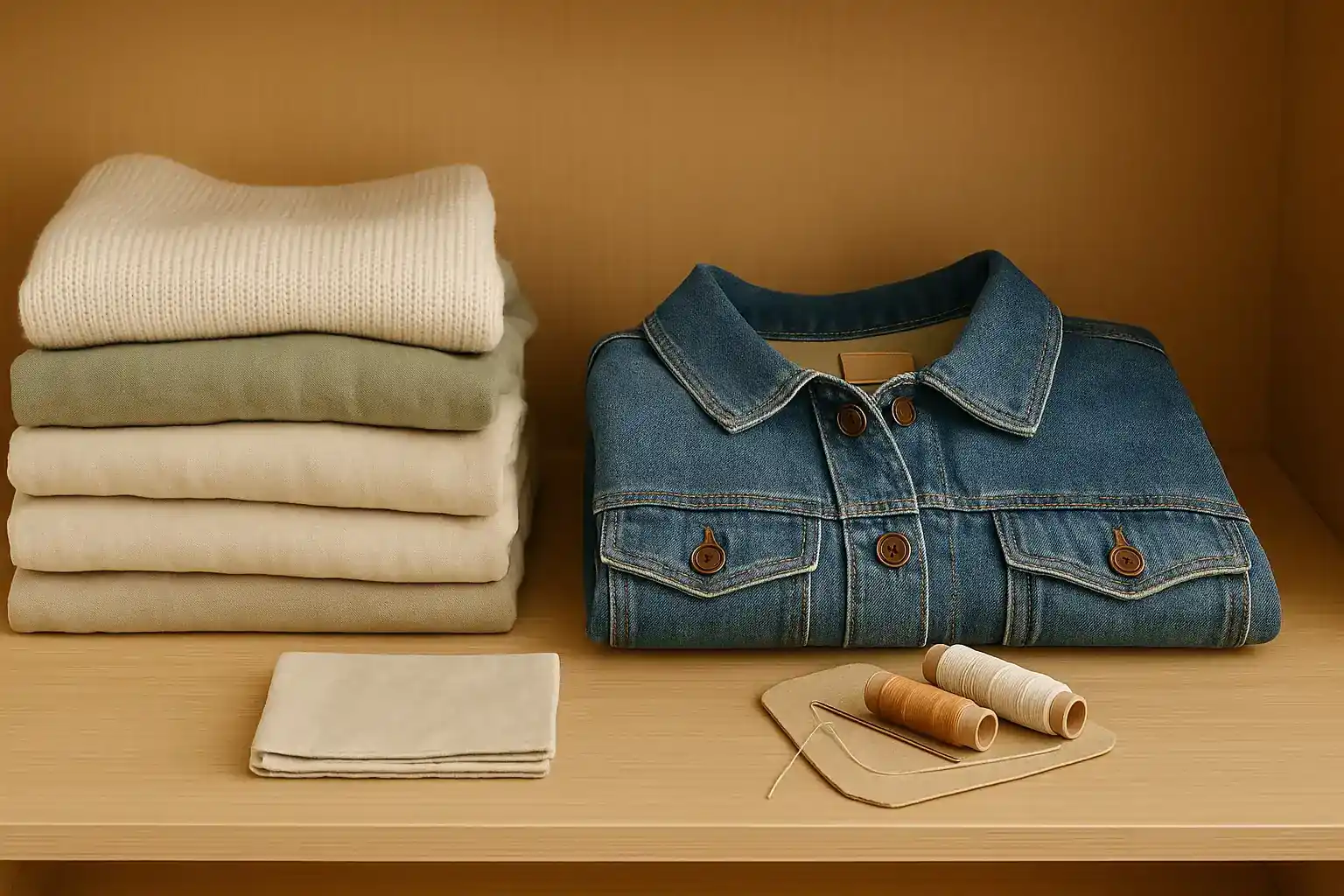
10 Transformative Wardrobe Swaps for a Lighter Environmental Fashion Footprint
Learn how to reduce your fashion footprint with impactful wardrobe swaps.
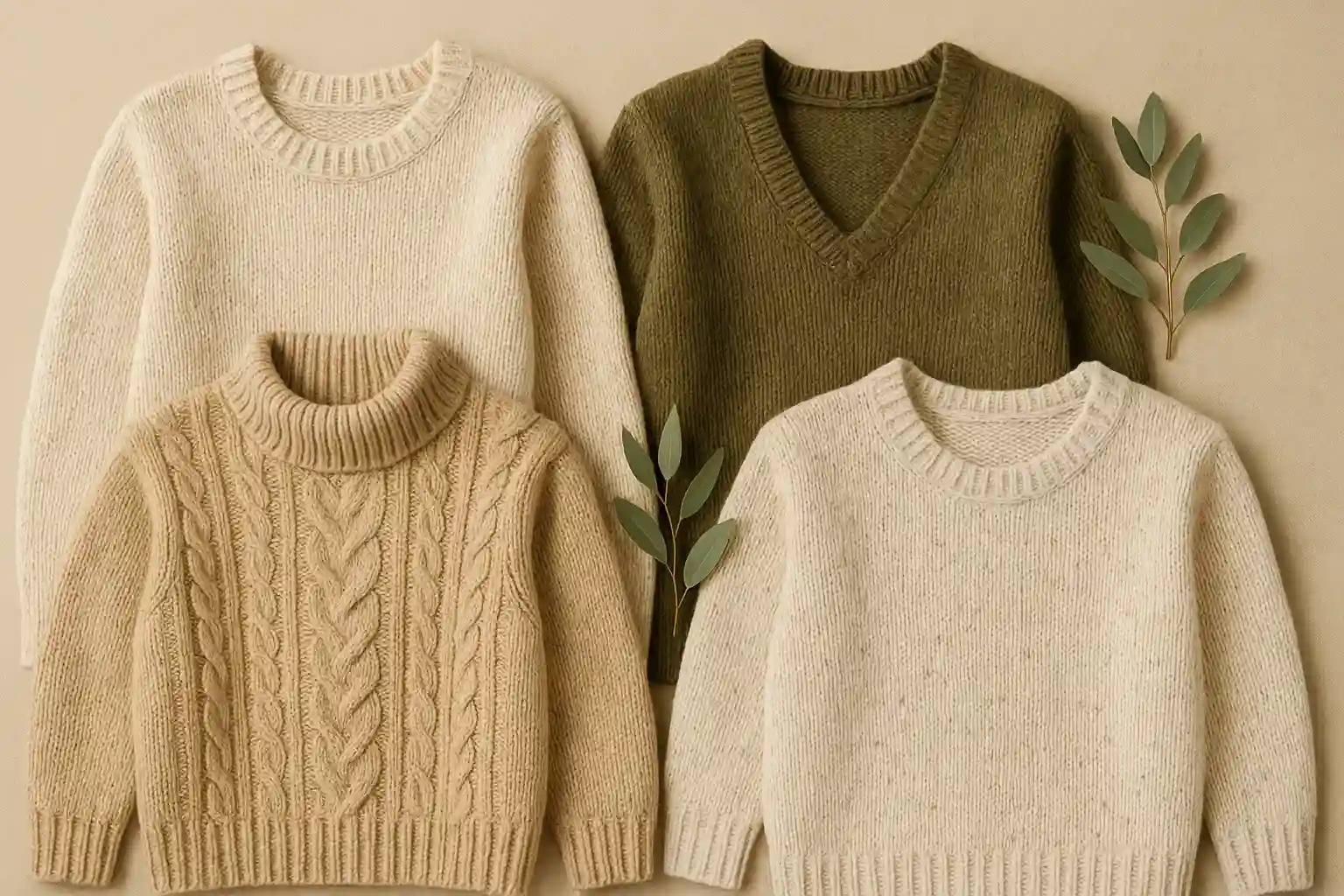
Wrap Yourself in Responsibility: Choosing Sustainable Alternatives to Acrylic Sweaters
Upgrade to durable and breathable wool (certified farms), alpaca, or Tencel-blend knits.
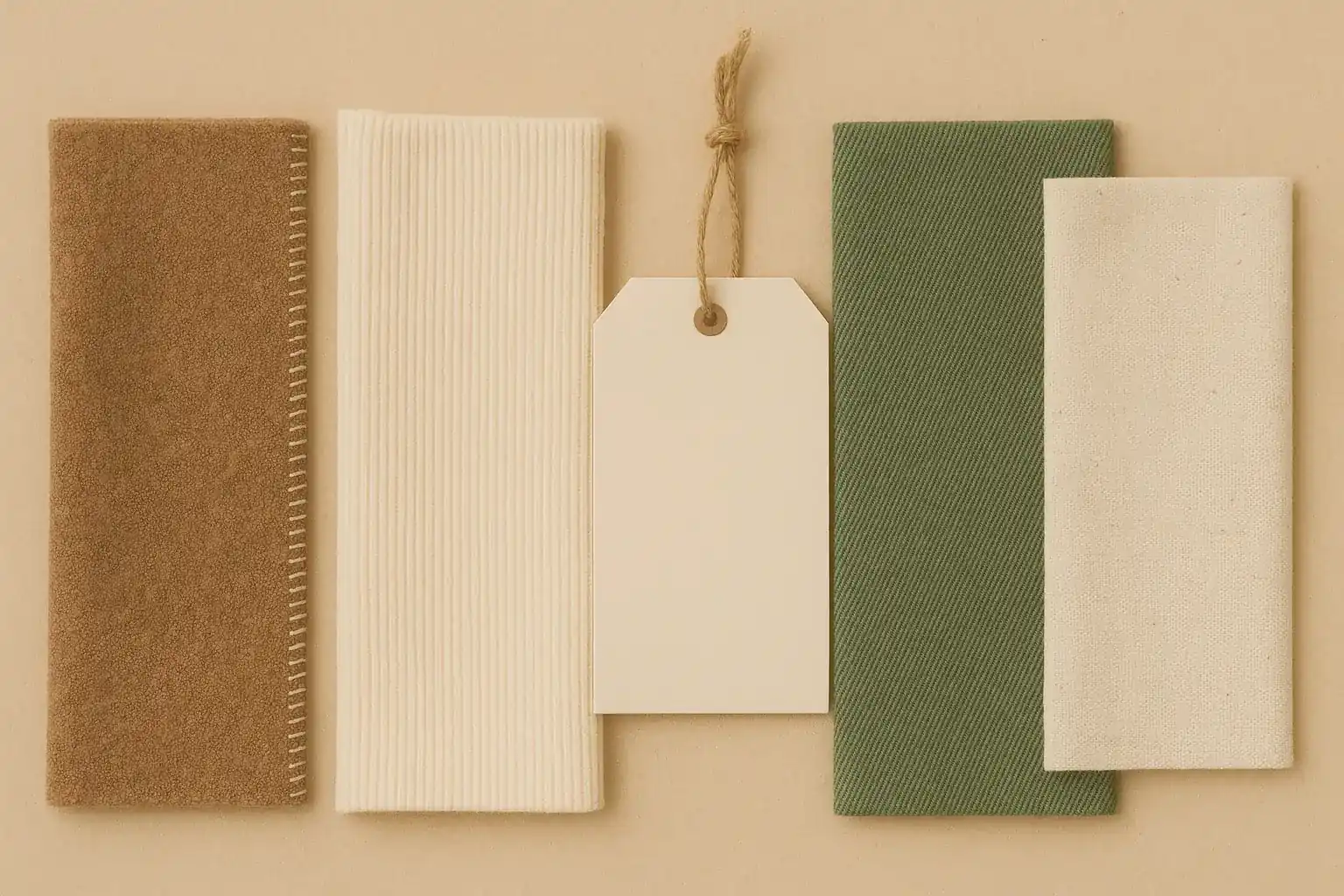
Decoding Fabric Labels: What's Really Sustainable?
Insights on decoding fabric labels in a sustainable way.

Outsmarting the Dry Cleaner: Choosing Machine Washable Naturals for a Toxin-Free Wardrobe
Avoid toxic PERC solvents by opting for machine washable organic cotton and linen clothing.
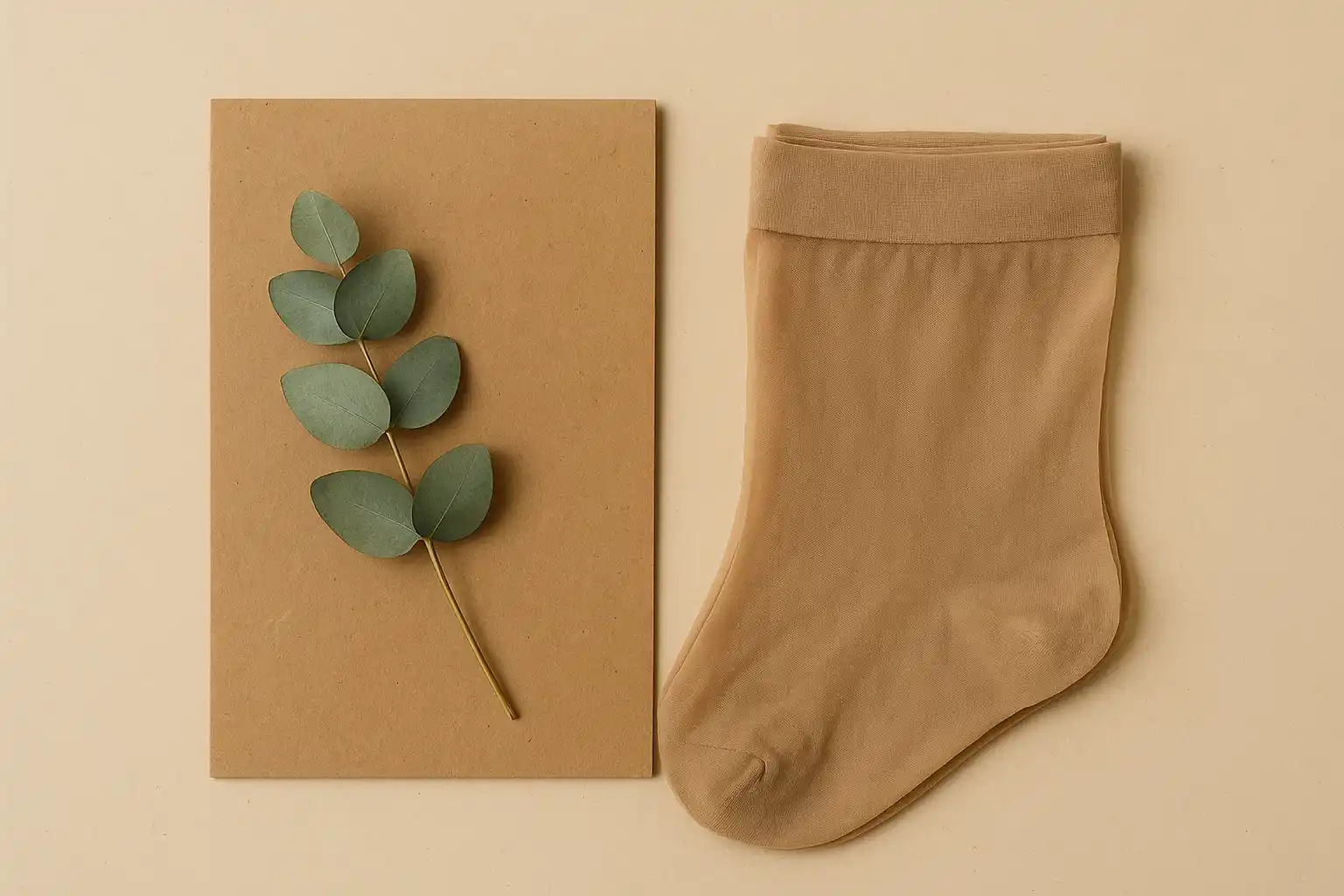
Step Lightly: Choosing Sustainable Alternatives to Nylon Stockings
Opt for recycled nylon, biodegradable, or ladder-resistant hosiery for longer wear and less waste.

Fastening the Future: Choosing Sustainable Alternatives to Plastic Buttons
Opt for biodegradable coconut shell, corozo, or wood buttons for eco-conscious clothing.
Stay in the Loop
Get tips and insights tailored to your interests — no spam, just sustainability.